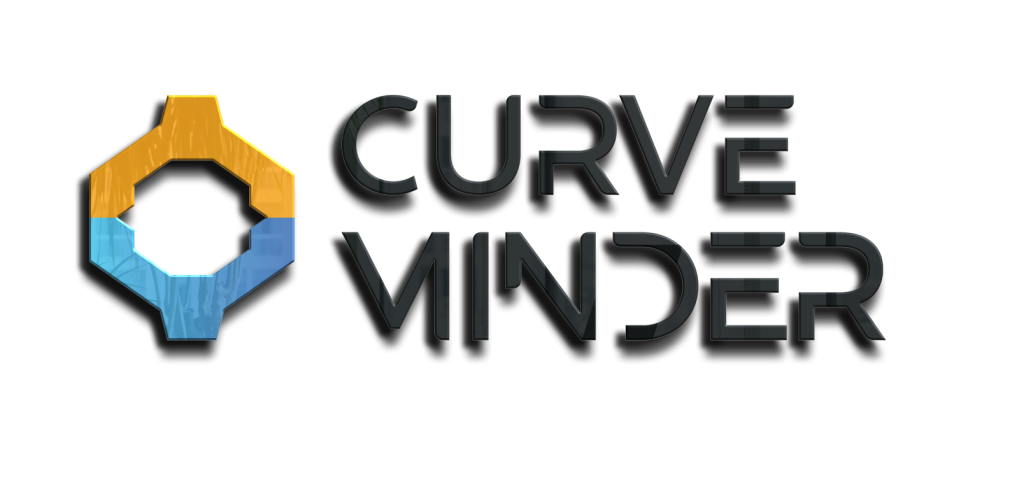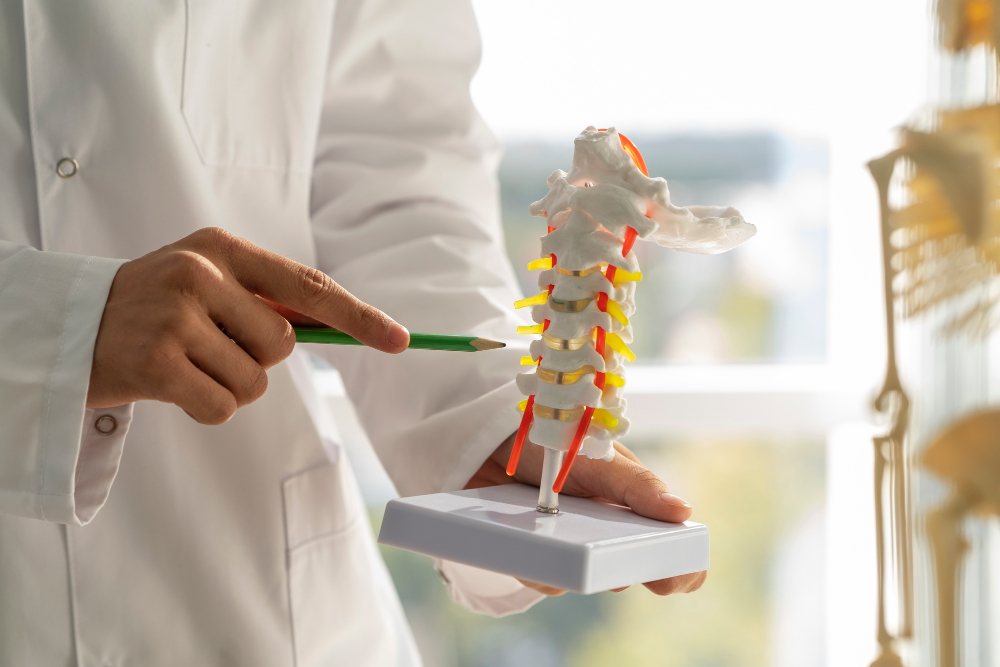At Curve Minder, we believe in empowering individuals with the knowledge and tools to observe and enhance their spinal health. By combining the newest developments in technology with strict scientific research, we offer a smart solution to spinal deflection detection. The effects of poor posture on spinal health are well-documented, causing skeletal injuries over time, and Curve Minder is here to change that risk. In this blog, we will discuss the science behind spinal deflection detection and how Curve Minder applies that understanding to avoid skeletal injuries. We also examine how scientific research and findings regulate our design and function, ensuring our product provides scientifically-proven benefits.
The Science of Spinal Alignment and Deflection
Proper spinal alignment is necessary to maintain overall health. Spinal misalignment, as noted by the National Institutes of Health (NIH), can result in many health issues, including back pain, loss of flexibility, and even organ dysfunction (NIH, 2021). Spinal deflection is a type of condition in which the spine loses its natural curve, and if left untreated, can cause long-term issues. Evidence has proven that prolonged poor posture, especially when sitting, increases the risk of skeletal injury (Ribeiro et al., 2018). The spine is not designed to withstand constant pressure from misaligned postures. Evidence indicates that chronic poor posture leads to muscle fatigue, spinal compression, and disc degeneration, which are prerequisites for developing more serious back problems (Harrison et al., 2005).
Curve Minder addresses this problem by utilizing spinal deflection detection using embedded pressure sensors that monitor the curvature of the spine in real time. Curve Minder constantly tracks spinal alignment and, in the event of deviations, notifies the user of misalignments prior to these being extreme. The solution is proactive and relies on the science of biomechanical and posture correction principles (O’Leary et al., 2020).
How Sensors Detect Spinal Deflection
The sophisticated sensors employed in Curve Minder rely on pressure mapping and sensor fusion principles. The sensors quantify the pressure distribution over various areas of the neck and back, which are important markers of spinal alignment (Ramos et al., 2017). The information from the sensors is processed using algorithms that can identify even minute variations from the desired posture.
A study conducted by Choi et al. (2015) illustrates that pressure sensors can effectively evaluate spinal posture and alignment through the detection of changes in weight distribution. The sensors transmit the data to an application that offers real-time feedback regarding the sitting posture to the users. Curve Minder assists users to make instant adjustments by comparing the data obtained with scientifically derived parameters of healthy posture, thereby preventing skeletal injuries associated with spinal deflection from developing.
The Link Between Poor Posture and Skeletal Injuries
The connection between poor posture and skeletal injury has been well documented in literature. According to a study in the Journal of Orthopedic & Sports Physical Therapy (2014), poor posture, especially in the seated position, maintained over time, causes excessive stress on the spine, leading to musculoskeletal disorders such as back pain, disc degeneration, and sciatica (Smith et al., 2014). Spinal deflection, or abnormal curvature of the spine, can result from repetitive stress caused by poor posture. If not corrected, skeletal injuries such as herniated discs or spinal misalignments can develop over time. The pathophysiology of spinal deflection stresses the importance of early detection and correction to prevent these disorders. According to studies, the earlier the spinal misalignment is detected, the easier it is to correct and prevent possible skeletal injuries in the long term (Harrison et al., 2005). Curve Minder provides this early detection, sparing users from long-term disability caused by sitting in poor posture.
Moreover, a study by Cavanaugh et al. (2017) identifies the contribution of ergonomics in the prevention of spinal injuries. Ergonomic devices that track posture in real-time, such as Curve Minder, are demonstrated to lower the risk of musculoskeletal disorders. This strategy is based on science and has been found to be effective in fostering spinal well-being and preventing skeletal injuries associated with poor posture.
The Importance of Posture Awareness in Preventing Injuries
The Role of Posture Awareness in Injury Prevention
Awareness of posture is an important aspect of skeletal injuries prevention and spinal well-being. Research shows that people with greater posture awareness have fewer back issues and are less prone to developing long-term disorders (Akinpelu et al., 2010). The American Chiropractic Association (ACA) research indicates that correction of posture, especially among office workers with jobs involving prolonged sitting, can effectively eliminate the risk of back pain, as well as skeletal injury (ACA, 2020).
Curve Minder uses real-time feedback to help users become more aware of their posture throughout the day. The app provides feedback instantly when a user’s posture is not within the optimal zone, which encourages active correction. This type of real-time feedback has been shown to increase posture awareness and teach better habits, which are scientifically proven to reduce the risk for skeletal injuries (Kendall et al., 2005).
The adjustable alert system of Curve Minder is particularly helpful as it allows users to adjust the level of intervention according to their needs. Whether users need gentle reminders or stronger alerts, the system keeps them on the correct track to improving their posture. Through this personalized approach that is backed up by scientific research, Curve Minder can become an essential tool for everyone who seeks to maintain optimum spinal health.
The Role of Technology in Spinal Health
The integration of technology into spinal health is rapidly evolving, and Curve Minder is at the forefront. With the latest developments in sensor technology and artificial intelligence, Curve Minder offers a solution that combines the advantages of both worlds: real-time spinal deflection detection and personalized feedback. The approach is based on established scientific fundamentals that emphasize the importance of early intervention and posture awareness in the prevention of skeletal injuries.
Continued innovation in the realm of smart wearables and posture correction systems demonstrates that the integration of these technologies will only continue to become more sophisticated. AI algorithms will become more advanced, allowing for more accurate diagnoses of spinal well-being and more precisely targeted recommendations. Further, as spinal deflection detection becomes a more developed discipline, devices like Curve Minder will be increasingly effective at staving off skeletal injuries and promoting long-term spinal health.
Curve Minder is the future of posture correction, combining scientific knowledge with innovative technology to develop an effective, yet easy-to-use solution. With recent research and developments in spinal health guiding the product, Curve Minder is enabling users to control their posture, prevent skeletal injuries, and improve their overall well-being.
Conclusion
The technology for spinal deflection detection and skeletal injuries is established science, and Curve Minder applies the findings in its design to create an innovative product to enhance spinal health. Through the synthesis of real-time feedback, high-tech sensors, and AI technology, Curve Minder gives users the means to avoid skeletal injuries before it becomes chronic. The application of scientific principles in product development will ensure that Curve Minder not only presents a functional solution but one that is supported by the recent advancements in the science of spinal health.

